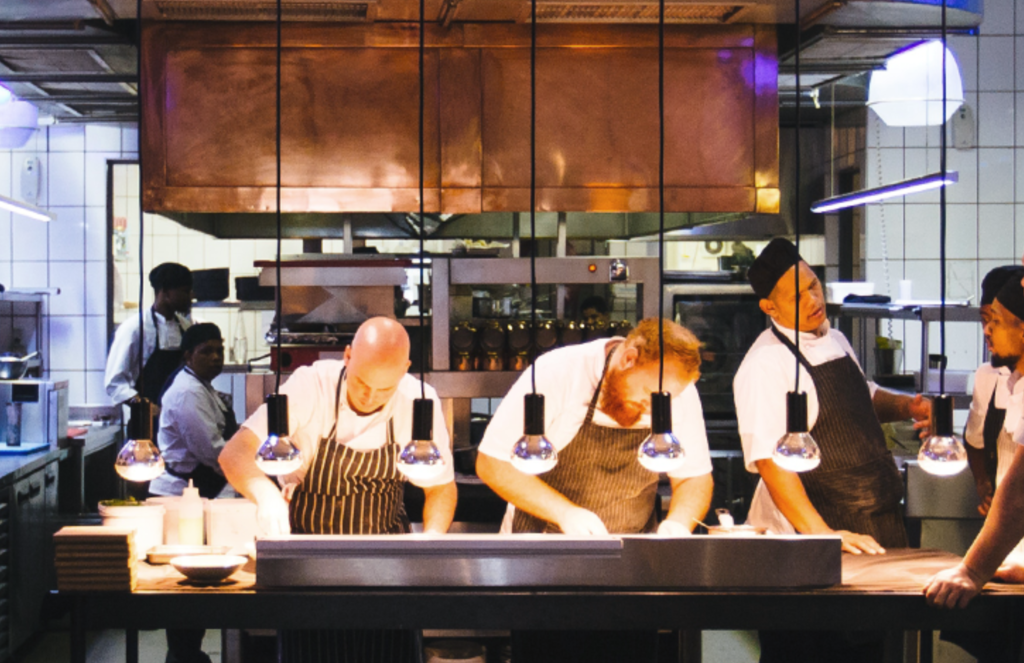Welcome to 2024. The year began with more minimum wage increases across the country and the elimination of tip credits in more states. With these wage increases we also see increases in payroll taxes. Overall labor costs that should be hovering in the mid thirty percent range are quickly moving to ten percentage points higher. And all this is happening while the cost of food and beverages is also increasing. It is true that the restaurant industry has notoriously overworked its employees for low wages and these increases are well deserved, but they come at a time when there are few opportunities to cut costs in other areas. Restaurant profits that have always been low are now in the negative numbers and owners are finding it hard to survive.
I did an extensive google search to see what everyone is doing to combat rising labor costs and I found the same plan that has been suggested for the last 10 years. Forecast sales, use that forecast to write schedules that meet budgets, use the latest and greatest software to see where you are throughout the day, react accordingly. This is exactly how you should manage your labor, but it is no longer enough. There is one flaw in the process, it is no longer possible to deliver the quality product and service you aspire to and still write a schedule that meets the budgeted percentage for the forecasted sales. We have to figure out how to get the job done with less people.
It is time to rethink and retool your concepts and here are some ways to do that.

Build Small Kitchens Your production space only needs a hot line and a cold line. Build them small enough that one person can cover each line and make it easy for these two cooks to slide down and help each other out. In our efforts to be all things to all people, we have grown cook lines that require 5 or 6 people just to cover the distance. Small kitchens are more efficient, it just takes some careful menu creation to make it work.
Keep Your Menu Small Build small kitchens and keep your offering small. Five appetizers, two salads, and eight to ten entrees is a good model to start with. Offer a daily special and change the offerings with the seasons to keep it from becoming boring but keep it small and manageable.
Eliminate Steps Make it easy to get food on the plate. The fewer steps to complete a dish, the faster it can be prepared, and the faster the food can move the fewer people required to move it. You can achieve this by minimizing components on the plate or designing menu items that allow a lot of the work to be done in prep. Start with one end in mind, “heat and serve.” Then work backwards from there to ensure a high-quality product by adding the fewest possible steps.
Rethink Your Service Model Use QR codes to put the burden of ordering on the guest. This does not delete the need for servers, but it does allow servers to take more tables and work with less support staff. In this model, hosts teach guests how to order while seating them. Servers roam the dining room to answer questions and make suggestions, while also running food and bussing tables. When it is time to leave, guests can use the same QR code to make their payment. While the jury is still out, recent studies have shown that check averages are at least 15% higher when guests self-order.
Eliminate Unnecessary Showmanship Unless you are a craft cocktail bar, your bars should be built for speed. Do as much as possible in prep before service. Squeeze juices daily, not to order, and batch popular cocktails. In the dining room you can leave bottles of water on the table so guests can refill their own glasses. Deliver grated parmesan with pasta instead of grating it at the table and set tables with small pepper grinders instead of visiting each table with a peppermill. Eliminating these service tasks allows fewer people to serve more guests.
Only Open When You Need to Be Open Late-night dining has seen a consistent decline since COVID shutdowns. Evaluate your guest counts by hour. You will probably end up changing your opening and closing times. You may also find that you no longer need separate winter and summer closing times. Evaluate lunch business, is it worth the labor to be open for lunch every day? Maybe lunch is only a few days per week or not at all. Your lunch meal period may be better spent with a small staff producing catering orders or operating a delivery only ghost kitchen.
Focus on Events and Catering Private events and catering produce higher profit margins and use less labor. It only makes sense to develop this business.
If you are building a brand-new business, all these labor-saving ideas should be considered and as many as possible worked into your model. This is particularly important in states with a high minimum wage and no tip credit, but in general it is just a good business practice going forward. For existing restaurants who are struggling to overcome your labor cost dilemma, many of these solutions require some form of re-concepting and possibly some financial investment, but it will be worth it. The cost of labor is only going to increase over the coming years.
